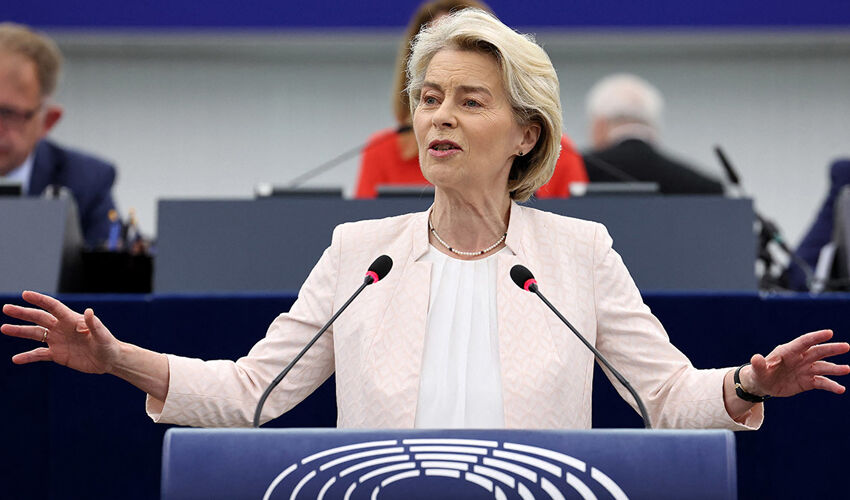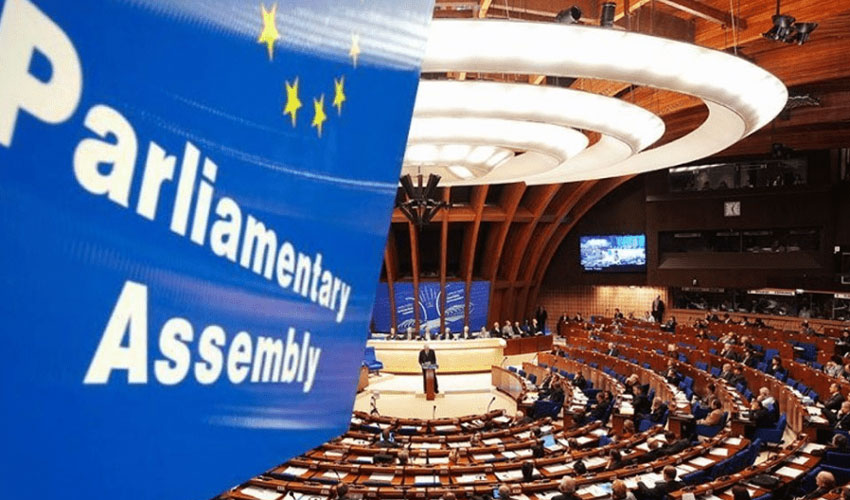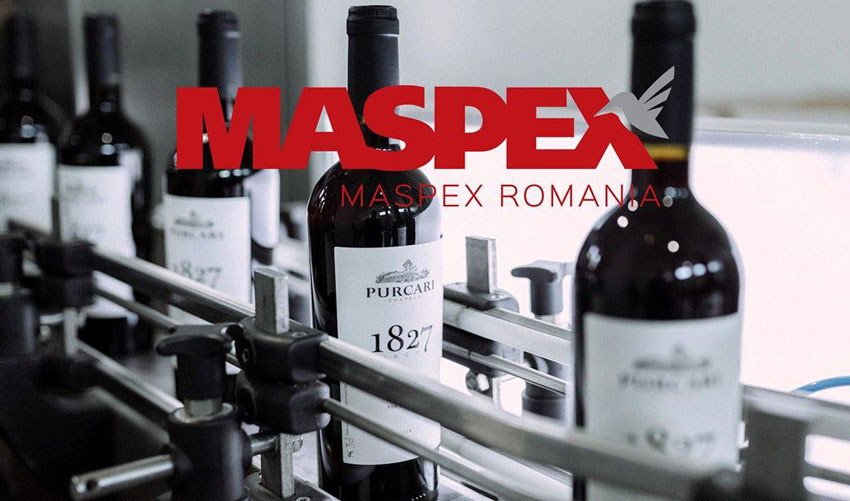
Among the options are raising debt on the markets backed by the EU budget and bilateral agreements on individual borrowing at the national level, the Euronews piece noted. These options will be considered if the attempt to agree a reparation loan tied to frozen Russian assets fails.
At the same time Ursula von der Leyen emphasized that the loan tied to frozen Russian assets is still seen as the best option. “We give Ukraine a loan, which it repays if Russia pays reparations,” the European Commission chairwoman said, speaking at a plenary session of the European Parliament.
The EU has been considering the idea of a €140 billion reparation loan to Ukraine since September 2025. It has received support from many member states, which do not want to continue allocating money from national budgets. The EU countries are not thrilled with von der Leyen’s proposal for individual borrowing at the national level to help Ukraine either. The debt obligations of most EU countries are already excessive and they do not want to resort to new borrowing for fear of a negative market reaction and social tensions in society.
In this context, the use of immobilized Russian assets seems to be the best scenario for the Europeans, as the money would come directly from cash balances held at Euroclear, the central securities depository in Brussels.
However, the proposal faces fierce opposition from the Belgian government, which, as the owner of Euroclear, fears it will become a prime target for aggressive retaliation by the Kremlin. Belgium and Russia are bound by a Soviet-era investment treaty that provides for arbitration.
Last month, Belgian Prime Minister Bart de Wever demanded “maximum” legal certainty, robust guarantees from all member states to ensure “full reciprocity” of risks. “If you take money from my country, if things go wrong, I can’t and certainly don’t want to pay back 140 billion euros in a week,” de Wever was quoted by Euronews as saying.
The European Commission is expected to soon present an “options paper” to support Ukraine in addition to the reparation loan.
But privately, EU officials and diplomats recognize that the only politically viable way is a reparation loan, and the “options paper” is a tool designed to show the harsh reality of issuing joint debt, the European broadcaster noted.













